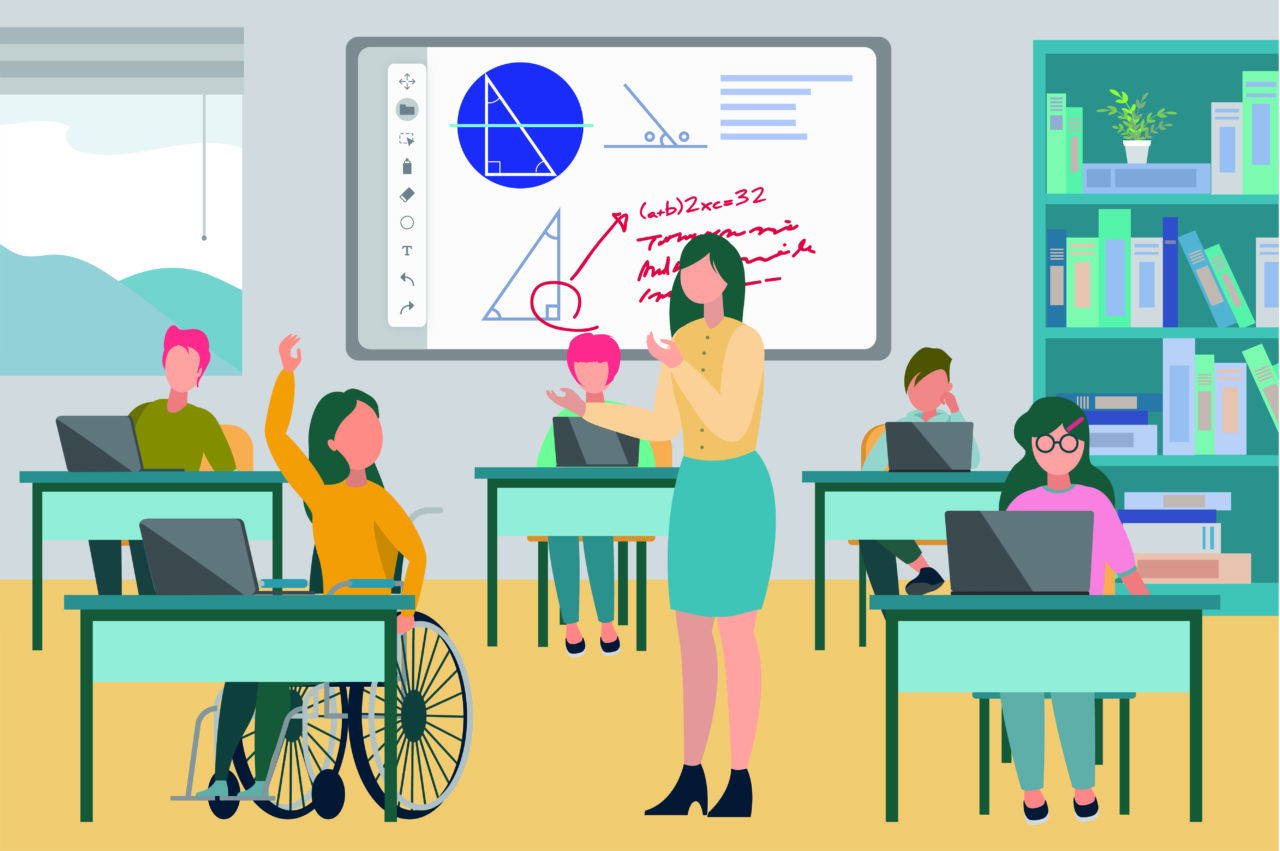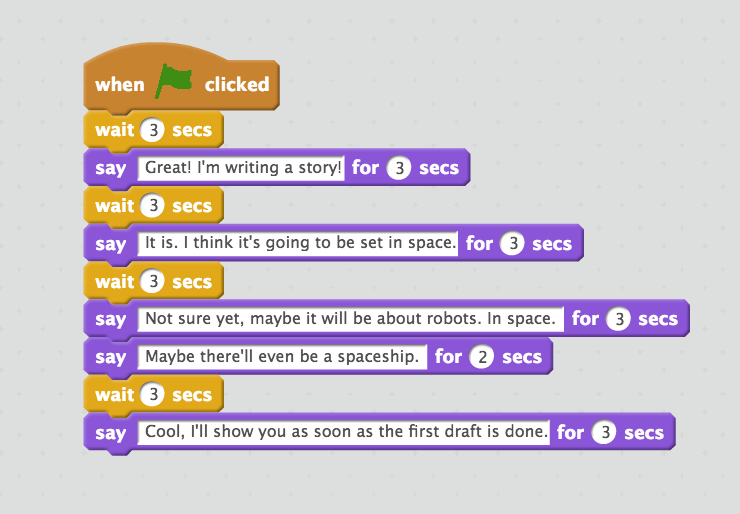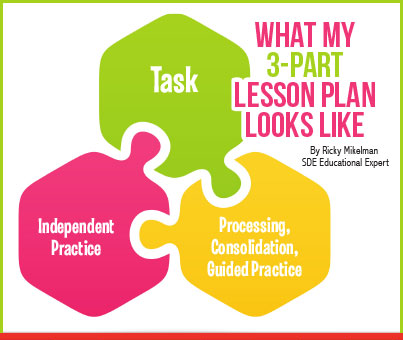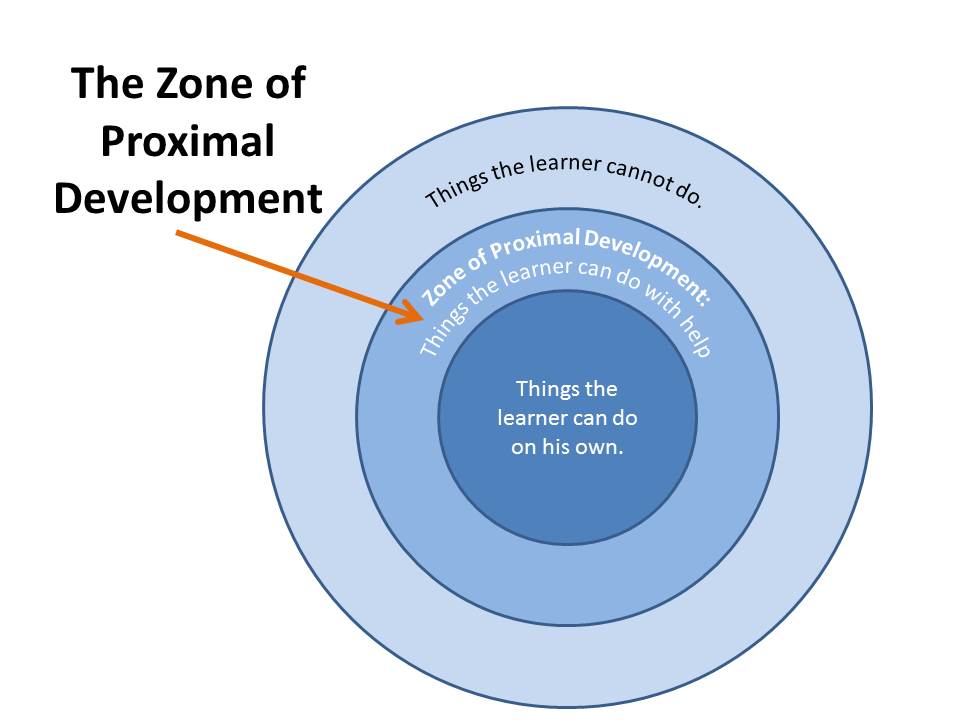Assistive Technology
Assistive technology is a great way to provide support to students within the framework of the same learning task. In my teaching experience, I have only had students on IEPs that are modified at grade level. Therefore, the assistive technology that I use helps these students to “perform and complete” the same, or very similar, tasks as the rest of the class “with efficiency and independence” (Assistive Technology Tools, pg. 1). As I look at my class list for next year, I know that I have students on alternative programs and modifications at various grade levels, so the study of assistive technology is one that will greatly benefit my teaching practice for many years to come.

In my primary classroom, students incorporate the use of technology to share their understanding or learning of a topic in a variety of ways. I am big on using Google Applications on a regular basis with my students. This proved to be very beneficial as we transitioned into distance learning this past school year. Students in my class were proficient in using Google Docs to type out their thinking, Google Slides to present their information in creative ways, and Google Forms to answer comprehension questions. Each of these platforms provides internal supports for students, such as voice typing capabilities (Tools > Voice Typing), as well as spell check. We also were able to utilize Google Read & Write, which allows students to use voice-to-text or text-to-voice to help them with their reading and writing. When creating products of learning with these Google Apps, students were also able to freely share their assignments with others for real-time collaboration and feedback. By providing immediate feedback, especially with Google Form’s self-marking abilities, students are able to adjust their thinking and make corrections.

Students also used various digital libraries and online literacy activities to assist them with research and/or their daily reading tasks. Programs such as GetEpic, Raz-Kids, and Lexia, contained many assistive tools, such as “read-to-me” capabilities, highlighting text when reading, and immediate definitions of unknown words. These programs definitely helped my struggling readers to be able to learn and perform grade-level tasks independently.
I also found that when my students used technology in new and innovative ways, their typical performance levels changed. For example, when using Scratch coding to create 2 sprites and have them teach each other about something we’ve recently learning in our Social Studies unit, the students who would normally struggle with brainstorming ideas and communicating their thinking in words were able to enter the task at various points and use images to drive their communication and thinking. It was very interesting to see how the “playing field” leveled when we tried something out of the ordinary.

Assistive technology can enhance the learning and ultimate sharing of your students’ thoughts by providing supports for students that would otherwise be hindered from success. By using voice-to-text or text-to-voice, students are able to focus on the content, rather than the spelling of words, typing on the keyboard, etc. Assistive technology helps students to be more independent in their learning, in situations when they would normally be sitting and waiting for teacher support. Not only that, but the integration of technology creates a learning environment in which the learning isn’t so “assign-and-complete” oriented. Technology can provide opportunities for deeper learning. When time is given for students to work on meaningful tasks that cover multiple curriculum expectations, it allows students to truly demonstrate their passion for the subject and a willingness to share their learning with others.
Student voice and choice is of utmost importance in our classrooms, whether you teach the younger primary students or the oldest senior students. Student voice is valued in classrooms where the student and teacher roles are flipped, in that students are becoming the experts on a topic and teaching their peers what they have earned. With technology, teachers no longer have to be the “keeper of wisdom” and teach their students in lecture-based lessons; students have the world available to them online and are able to research, discover, and share their learning with others. Student voice can also be fostered through a partnership between the educator and students by co-constructing success criteria. This can, in turn, go one step further and lead to student choice by having the students have some control over the assignment itself (e.g., How would you like to demonstrate your learning on this topic?). This allows students to choose their medium for communicating their learning in a way that satisfies the co-constructed success criteria. These are all ways that we can continue to foster student voice and choice in authentic ways in our classrooms.










